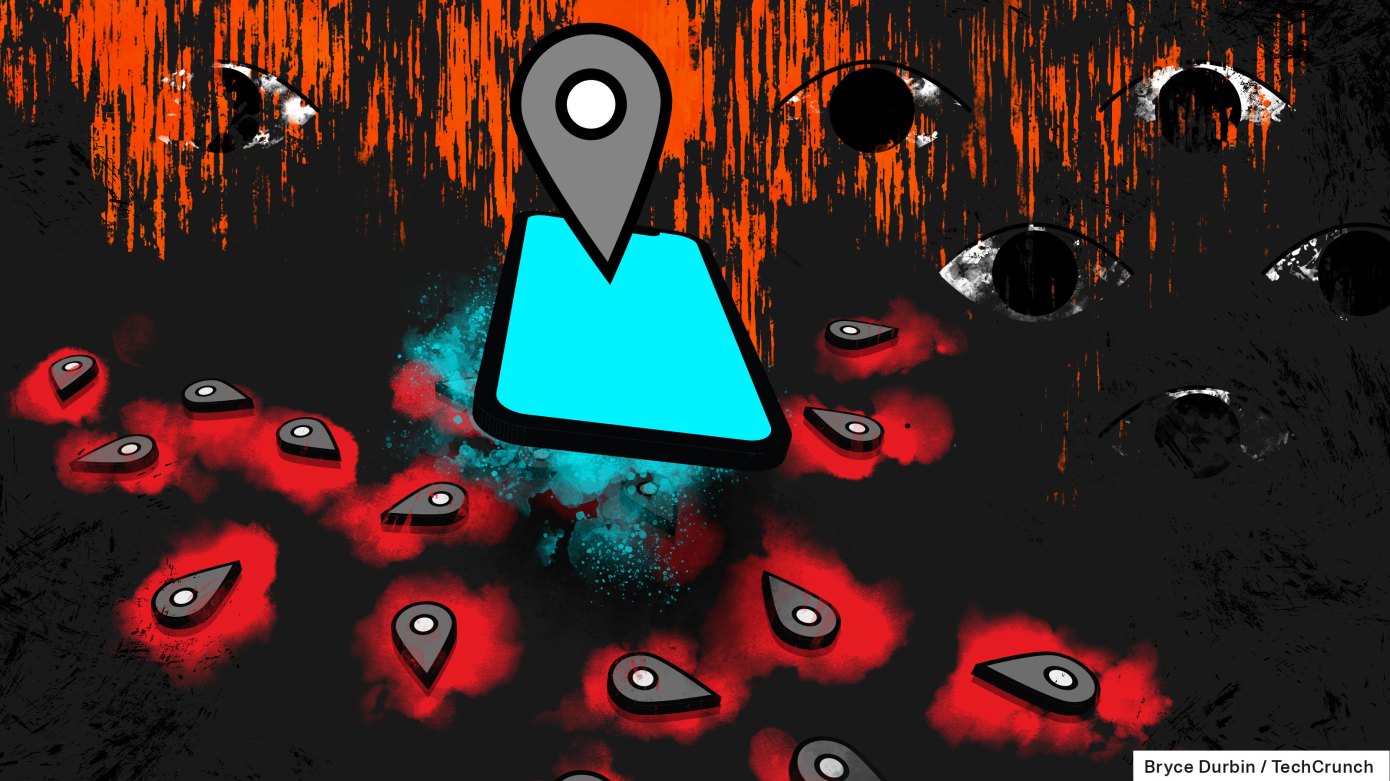The Metaverse Is Coming; We May Already Be in It

The metaverse has moved beyond science fiction to become a “technosocial
imaginary,” a collective vision of the future held by those with the power to
turn that vision into reality. Facebook recently changed its name to Meta and
committed $10 billion to build out metaverse-related technology. Microsoft just
announced that it was spending a record-breaking $69 billion to buy Activision
Blizzard, the makers of some of the most popular massively multiplayer online
games in the world, including World of Warcraft. This current vision of the
metaverse goes well beyond the simple VR of my ping-pong game to eventually
include augmented reality (or AR, where smart glasses project objects onto the
physical world), portable digital goods and currency in the form of nonfungible
tokens (NFTs) and cryptocurrency, realistic AI characters that can pass the
Turing test, and brain-computer interface (BCI) technology. BCIs will eventually
allow us to not only control our avatars via brain waves, but eventually, to
beam signals from the metaverse directly into our brains, further muddying the
waters of what is real and what is virtual.
Using Machine Learning for Fast Test Feedback to Developers and Test Suite Optimization
The necessary step of integrating source control and test result data opens up
an “incidental” use case concerning the correct routing of defects in multi-team
environments. Sometimes there are defects/bugs where it is not clear which team
they should be assigned to. Typically, if you have more than two teams it can be
cumbersome to find the correct team to take care of a fix. This can lead to a
kind of defect ping-pong between the teams because no one feels responsible
until the defect is finally assigned to the correct team. Since the Healthineers
data also contains change management logs, there is information about defects
and their fixes, e.g. which team performed a fix or which files were changed. In
many cases, there are test cases connected to a defect - either existing ones
when a problem is found in a test run before release or new tests added because
a test gap was identified. This allows tackling the problem of this “defect hot
potato”. Defects can be related to test cases in several ways, for example if a
test case is mentioned in the defect’s description or if the defect management
system allows explicit links between defects and test cases.
Curious about quantum computing

As technologists, it’s our responsibility to also keep an eye on these
advancements—to learn where they’re headed, to steer our business partners
toward the right use cases for them, and even to help shape what they become.
Quantum computing is one such technology. I find the very idea of quantum
computing fascinating. It takes computer science—the hardware and software
that we created in the computer industry—and blends in the fundamentals of
nature, physics, and other observed sciences. I believe quantum computing is
an area that will fundamentally change the world around us… eventually. But I
also find that there’s a lot of hype and misinformation around quantum
computing, with only a handful of experts truly in a position to discuss its
current state (did you catch what I did there?). I wanted to cut through the
hype and go straight to one of these experts myself to get a better
understanding of where quantum computing is today and where it’s headed in the
future. Introducing, Dr. John Preskill. Dr. John Preskill is a pioneer in the
field of quantum computing. He is the Richard P. Feynman Professor of
Theoretical Physics at the California Institute of Technology, where he is
also the Director of the Institute for Quantum Information and Matter.
Is Serverless Just a Stopover for Event-Driven Architecture?

Serverless does illustrate many desirable traits. It is easy to scale up and
scale down. It’s triggered by events that are pushed rather than via a polling
mechanism. Functions only consume resources based on that job’s needs, then
exits and frees up resources for other workloads. Developers benefit from the
abstraction of infrastructure and could deploy code easily via their CI/CD
pipelines without concern as to how to provision resources. However, the point
that Aniszczyk alludes to is that serverless isn’t designed for many
situations including long-running applications. They can actually be more
expensive to the end user than running a dedicated application in containers,
a VM or on bare metal. As an opinionated solution, it forces developers into
the model facilitated by the vendor. In addition, serverless doesn’t have an
easy way to handle state. Finally, though serverless deployments are largely
deployed in the cloud, they aren’t easily deployed across cloud providers. The
tooling and mechanisms for managing serverless are very much specific to the
cloud, though perhaps with the donation of Knative to the CNCF, there could be
a serverless platform that could be developed and deployed with the support of
the industry, much like Kubernetes has.
Why Big Tech is losing talent to crypto, web3 projects

Another example of a high-profile person leaving big tech for crypto is John
deVadoss, former Managing Director (MD) at Microsoft, where he spent about 16
years of his career in a variety of roles, for example General Manager (GM)
overseeing the developer platform Microsoft.NET, and most recently building
Microsoft Digital from zero to half a billion dollars of business worldwide.
“I built and led Architecture strategy for .NET at Microsoft; I built the
first enterprise frameworks and tools for Visual Studio .Net; I lead
Microsoft’s first application platform product line and strategy, and I also
worked on the Azure developer experience, long before it was called Microsoft
Azure,” says deVadoss in an interview with CryptoSlate. After all these years
at Microsoft, deVadoss went for Neo – the “Chinese Ethereum” blockchain with
high ambitions indeed. ... “I have worked on developer platforms and tools for
over 25 years, and it was a natural move to build the blockchain industry’s
best developer tools and experience for Neo N3, the first polyglot blockchain
platform in the industry and the most developer-friendly,” deVadoss says.
Blockchain: The game-changing technology that’s about to disrupt almost every industry

Blockchain technology can offer effective solutions to banks and non-banking
financial institutions (NBFCs) to improve their payment clearing and credit
information systems. It can also enhance the security of online banking
transactions. With blockchain, banks could combine their payment protocols
with smart contracts, and this would allow them to establish multiple data
points on each transaction. These data points would further enable banks to
monitor their loans, track transactions, and easily manage their invoicing and
financing-related activities. In a blockchain-based banking system, each user
can be provided with a private key for every transaction on the ledger; this
key works like a unique digital signature. So at any point, if a banking
record is altered, the digital signature is rendered invalid, and the whole
banking network is notified of the anomaly. ... Cryptocurrencies provide an
alternative to traditional banking for people who remain unbanked, for various
reasons. There use has also been suggested as a way to decouple currencies
from the traditional monetary systems. For example, the hyperinflation that
began in Venezuela in 2016 resulted in a steep devolution of the nation’s
currency.
Behind the stalkerware network spilling the private phone data of hundreds of thousands

TechCrunch first discovered the vulnerability as part of a wider exploration
of consumer-grade spyware. The vulnerability is simple, which is what makes it
so damaging, allowing near-unfettered remote access to a device’s data. But
efforts to privately disclose the security flaw to prevent it from being
misused by nefarious actors has been met with silence both from those behind
the operation and from Codero, the web company that hosts the spyware
operation’s back-end server infrastructure. The nature of spyware means those
targeted likely have no idea that their phone is compromised. With no
expectation that the vulnerability will be fixed any time soon, TechCrunch is
now revealing more about the spyware apps and the operation so that owners of
compromised devices can uninstall the spyware themselves, if it’s safe to do
so. Given the complexities in notifying victims, CERT/CC, the vulnerability
disclosure center at Carnegie Mellon University’s Software Engineering
Institute, has also published a note about the spyware.
Matter, explained: What is the next-gen smart home standard?

Matter uses a wireless technology based on Internet Protocol (IP), which Wi-Fi
routers use to assign an address to your connected devices. There are no
awkward handoffs or other wireless technologies to deal with by natively
integrating an IP-based protocol for smart home devices. It paves the way
forward to a future where all Matter certified devices will work alongside
each other in synchronous harmony. As you can see, bringing our smart home
devices together like this not only makes setup a breeze, but it's absolutely
essential when designing a single universal smart home environment that just
works. The ultimate goal here is to create a "set it and forget it" situation
where these devices essentially fade into the background rather than sit in
the foreground. Thankfully, Matter sounds like the thing we need to finally
bridge that gap and fix the smart home situation once and for all. We have
some of the biggest tech giants working together to make Matter a unified
protocol in our smart homes of the future.
Mitigating Risks in Cloud Native Applications

As the shift to the work-from-anywhere model becomes mainstream and cloud
applications continue to surge, it is redefining new developments like
“security and observability is converging,” said Tipirneni. While DevOps and
IT security have traditionally been treated as separate disciplines, their
roles and responsibilities are increasingly moving toward the DevSecOps trend.
“Solving the security problem and observability problem is your ability to
instrument everything that is happening in the system at a very fine-grained
level — from gathering the data and really making sense of the data,” said
Tipirneni. “Developers try to work around security controls that are complex
but bringing those two together puts the power in the developers’ hands” he
added. Information security and development teams have traditionally managed
Tigera’s solutions like Calico and Envoy, but for cloud-first companies who do
not have legacy applications “DevOps, Cloud Ops engineers are pretty much
responsible end to end,” said Tipirneni. From deploying applications to
troubleshooting and managing compliance and security, “the challenge they have
is that there’s just way too much on their plate to do,” Tipirneni added.
NFT use cases for businesses

NFTs have also shown capability of showing organisations the interests of
their customers, without marketing teams needing to scour Internet usage data.
In time, NFTs could be utilised to learn more about what customers need,
before a product is purchased. Conor Svensson, founder and CEO of Web3
Labs, said: “I believe the true inflection point of adoption will be when the
majority of smartphone users hold them. Whilst the technology is there to do
this currently, only a minority of people keep NFTs on them. This will be key
for true mass adoption. “An NFT can represent any real-world or virtual good,
as it stands the greatest value outside of financial for them is the
communities that are forming around holders of them. This is a marketeer’s
dream, as prior to NFTs it wasn’t easy to learn a person was interested in a
product or brand unless they purchased it or engaged with it by signing up for
email updates, liking Twitter posts, etc. “The NFTs a person holds in a wallet
can be viewed as an expression of their interests, and the fact that this is
public information is a powerful tool for targeting individuals and
communities.
Quote for the day:
"Leadership is familiar, but not well
understood." -- Gerald Weinberg
No comments:
Post a Comment